Log in or create new account to save this product to your wishlist.
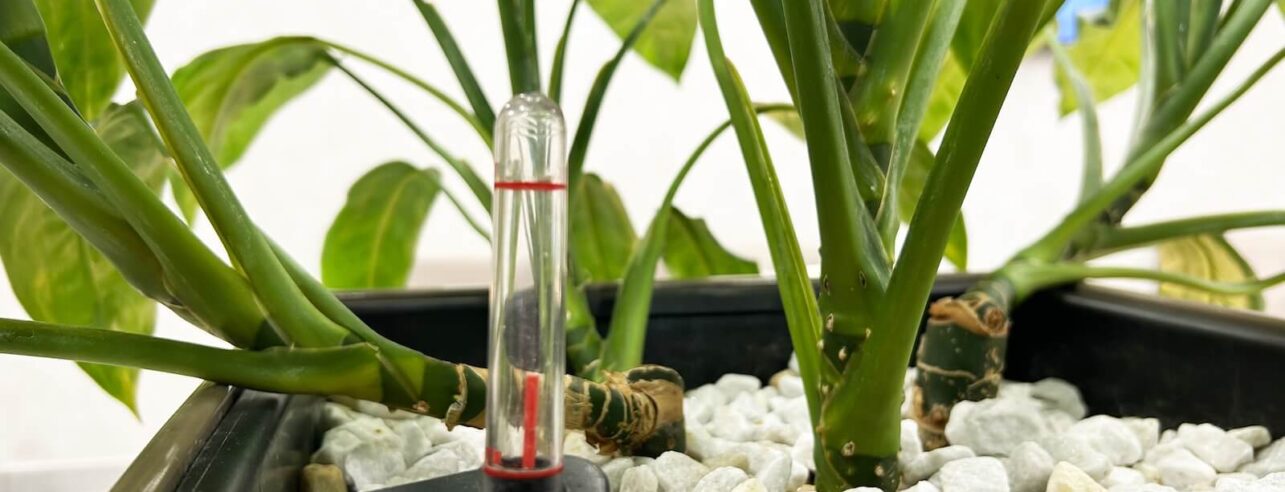
Hydroculture: What is It & How Does It Work?
Want healthier plants with less effort? Discover the benefits of hydroculture and how easy it is to set up your own system.
🌱 All important maintenance moments for your lawn during the year. Leave your email and we will send you the lawn calendar for free.
Enter your email
Receive the lawn calendar in the mail
Enjoy a green lawn all year round!

- Order by 2PM = shipped today
- 250.000+ satisfied customers!
- 60 day satisfaction guarantee
Growing plants in water with nutrients instead of soil has revolutionised the way we think about plant growth. Whether you’re a beginner or an experienced gardener, hydroculture opens up a world of possibilities for nurturing plants at home or in the office.
In this blog, we will delve deeper into the world of hydroculture. You’ll learn what it entails and its benefits for home use. We’ll discuss the essentials to get started, how to choose the right plants, and how to set up your own system. Additionally, we’ll provide practical tips for daily and weekly care of your hydroculture plants.
Whether you’re interested in a hydroculture pot for your living room or considering converting all your houseplants, this short guide will give you everything you need to make your adventure a resounding success.
What is hydroculture?
Hydroculture, also known as hydroponics or aquiculture, is an innovative method of growing plants without soil. Instead, the roots grow in water enriched with dissolved nutrients. This technique often uses clay pellets as support for the plant. These pellets absorb water and nutrients, gradually releasing them to the roots.
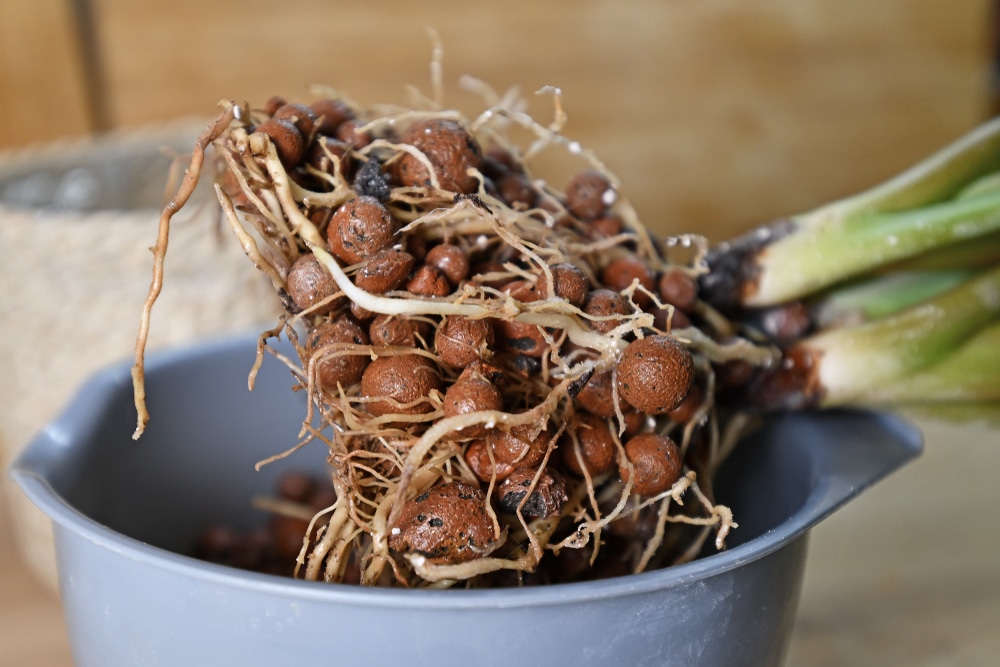
Hydroculture is not only used for houseplants but also in professional horticulture for crops such as lettuce, endive, and tomatoes. The system offers a clean and efficient way of growing plants, where the roots have direct access to water and nutrients.
Benefits of hydroculture for home use
Hydroculture offers several advantages for home use. First, you need to water less frequently, saving time and effort. The plants also have a longer lifespan, and there’s less chance of pests. Moreover, it’s easier to provide the right amount of water and nutrients, resulting in healthier plants.
Another major advantage is the reduced risk of diseases. Hydroculture prevents soil acidification or suffocation, and there’s no chance of mouldy soil. This creates a cleaner and more hygienic environment in your home or greenhouse.
Finally, hydroculture plants require less maintenance. You only need to care for the plants once a month, which is ideal for those with a busy household or during holidays. A moisture meter allows you to easily check if your plants need water.
Choosing the right plants for hydroculture
If you’re new to hydroculture, it’s best to start with robust varieties such as Devil’s Ivy, Peace Lily, or Spider Plant. Other suitable options include Ficus, Philodendron, and Bird of Paradise. These plants often have large leaves, making a bold statement in your home or office. It’s important to note that not every plant responds well to hydroculture, and growth may sometimes slow down over time.
Essentials for hydroculture
To get started, you’ll need a few materials. Here’s an overview of the key essentials:
Plant pot: Choose a waterproof pot that fits your decor.
Insert liner: This makes the pot completely waterproof and should be cut to the appropriate height.
Clay pellets: Fill the plant pot with these to support the plant.
Hydroculture nutrients: Use about two tablespoons for a large plant.
Water meter: Helps monitor water levels and prevents overwatering.
Hydroculture plant: Select a plant suitable for hydroculture.
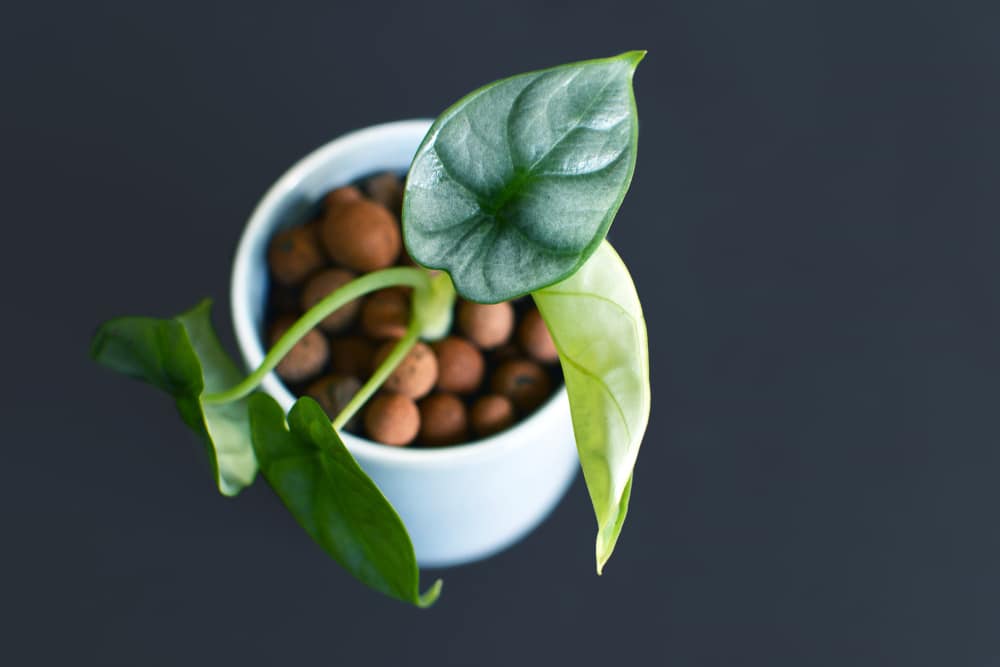
Setting up the system
First, fill the pot with clay pellets and place the insert liner on top. Next, cut the liner to the height of the plant pot. Add 1-2 tablespoons of hydroculture nutrients, depending on the size of the plant. Then, place the water meter and plant at the bottom of the liner. Finally, top up the pot with more clay pellets. Water the plant until the meter indicates the ‘optimal’ level.
Daily and weekly care tasks
Watering is simple thanks to the water meter. Regularly check the water level and add water until the meter indicates ‘optimal’. If the meter shows ‘minimum’, wait 4-5 days before watering again to prevent root rot.
Add liquid fertiliser each time you water, or use solid fertiliser every six months. Ensure you follow the correct dosage, with one to two tablespoons depending on the plant size.
Keep the pH level between 5.5-6.5 for optimal nutrient absorption.
Regularly check for signs of nutrient deficiencies or diseases. While the technique requires less maintenance, regular attention is still important to keep your plants healthy.
Hydroculture: More growth with less effort
Hydroculture offers a simple and efficient way to grow healthy, well-maintained plants without the complexity of traditional methods. With just a few essential materials and minimal care, you can make your green friends thrive in your home or office.
Eager to keep reading? Discover how to select the right plant substrates or how to repot your plants properly!
Have any questions or suggestions? Share them with us below!
Happy gardening!
-
Zero-Waste Gardening – This is How You Do It!Did you know that the average person wastes between 100 and 150 kilos of food every year? That's why the concept of zero-waste gardening is becoming increasingly important for environmentally conscious gardeners that like to do their gardening greener.Read more
-
How to Master Tree Pollarding: A Practical GuidePretty dense! What might be an insult to some, is certainly a compliment to trees. Through pollarding, you can make sure, your trees have a dense crown of beautiful leaves.Read more
-
Get Ready: Here are 5 Garden Trends for 2025Curious about the latest garden trends for 2025? From smart solutions to sustainable choices, discover all the outdoor trends that are transforming British gardens!Read more
-
How to Care for Plants in Winter: A Simple GuideWhen winter comes around, the care requirements of your plants change. Find out, how to adjust the care routine for your plants.Read more
-
Companion Planting Made Easy: A Step-by-Step TutorialStrategic plant partnerships can solve common gardening problems like pest invasion and disappointing yields. Find out which plants are great together in our companion planting guide.Read more
-
How to Grow Sweet Potatoes in Your GardenWant to know something splendid? A single sweet potato plant can produce 5 to 10 pounds (4.54 kg) of nutritious tubers—plenty to keep your family’s pantry well-stocked for weeks!Read more
-
Revive Your Lawn After Winter With These Easy StepsTired of winter lawn damage? Discover how to repair brown spots, remove weeds, and revitalise your grass for a thriving garden this spring.Read more
-
A Complete Guide On Lighting for Your House PlantsAchieve perfect lighting for houseplants! This guide covers light mapping, plant placement, and grow light tips to help your plants flourish indoors.Read more
Leave a comment
Your answer will be displayed on the site and the interested party will be notified by email.
Leave a comment
Have a question or want to share your experience? Leave us a comment.

- Order by 2PM = shipped today
- 250.000+ satisfied customers!
- 60 day satisfaction guarantee

- Order by 2PM = shipped today
- 250.000+ satisfied customers!
- 60 day satisfaction guarantee

🌱 All important maintenance moments for your lawn during the year. Leave your email and we will send you the lawn calendar for free.
Enter your email
Receive the lawn calendar in the mail
Enjoy a green lawn all year round!





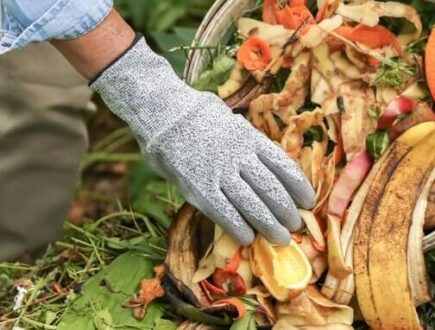

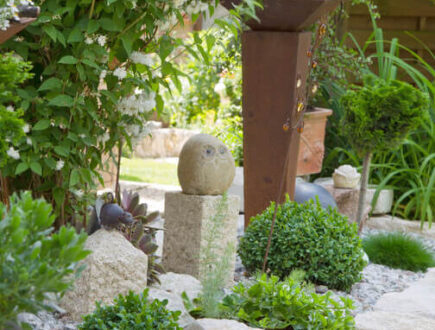
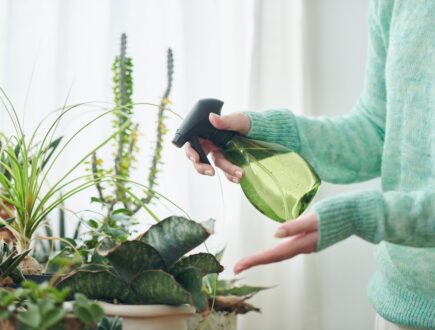
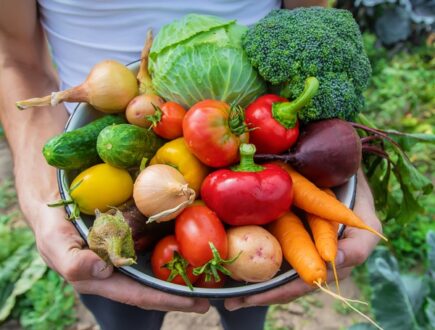












Comments (0)
There are no comments yet. Well then, what are you waiting for to
Be the first to write your comment!inaugurate this pretty page?
Do you have some comments?